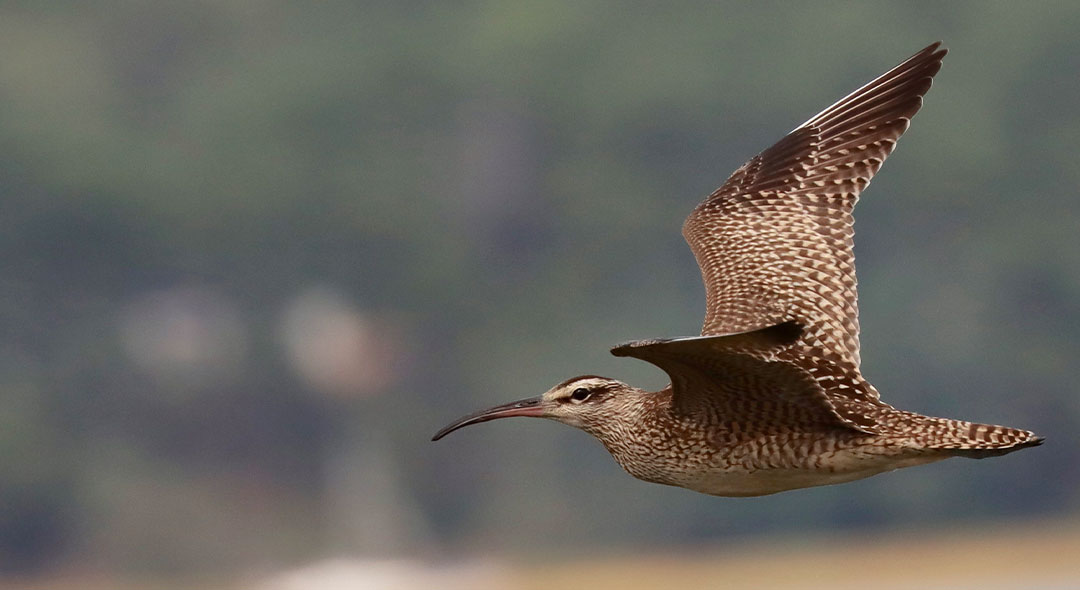Earlier this month, the Manomet Center launched the new Climate Lab program to advance climate science education in the United States and help students understand how climate change impacts their lives.
On October 17, Manomet scientists held a training session for middle and high school teachers participating in the pilot of the Climate Lab program, which gives educators the tools to teach their students to collect data on biological indicators of climate change.
“Climate Lab allows the students themselves to observe how climate change is affecting local species over time,” said Trevor Lloyd-Evans, who is leading Manomet’s involvement in the program. “It pulls together a variety of different subjects including biology, physical science and mathematics.”
The Climate Lab was developed through a grant from the Dorr Foundation and is a partnership between Manomet, the land conservation organization Wildlands Trust and TERC, a Cambridge-based academic non-profit organization that is assisting with curriculum development and training.
Teachers from three school districts in Sandwich, Duxbury, and Wareham, Massachusetts participated in the workshop, which included a field lab at a Wildlands Trust property.
The teachers walked along a pre-established transect and learned to measure biological climate change indicators like average percent canopy, shrub and herb cover, leaf development, tree height and tree DBH (diameter breast height).
“The teachers will bring these methods back with them to set up their own ‘climate labs’ on school grounds and surrounding properties,” Lloyd-Evans said. “In early November, we will visit each school participating in the pilot to help teachers set up their transects and choose plant species and individual plants to monitor.”
Students will take measurements in the same locations at the same times each year, generating a standardized dataset on the local impacts of climate change. Over time, the students will be able to determine whether certain plant species are responding to climate change by leafing out earlier and whether extreme weather is causing changes.
“The students will also have access to Manomet’s landbird migration data from 1970 – 2013,” Lloyd-Evans said. “They will be able to compare the median spring arrival dates of some of the most common species to southeastern Massachusetts and observe for themselves whether certain species are responding to climate change by arriving back in the northeast significantly earlier.”
– Haley Jordan





 Back to all
Back to all